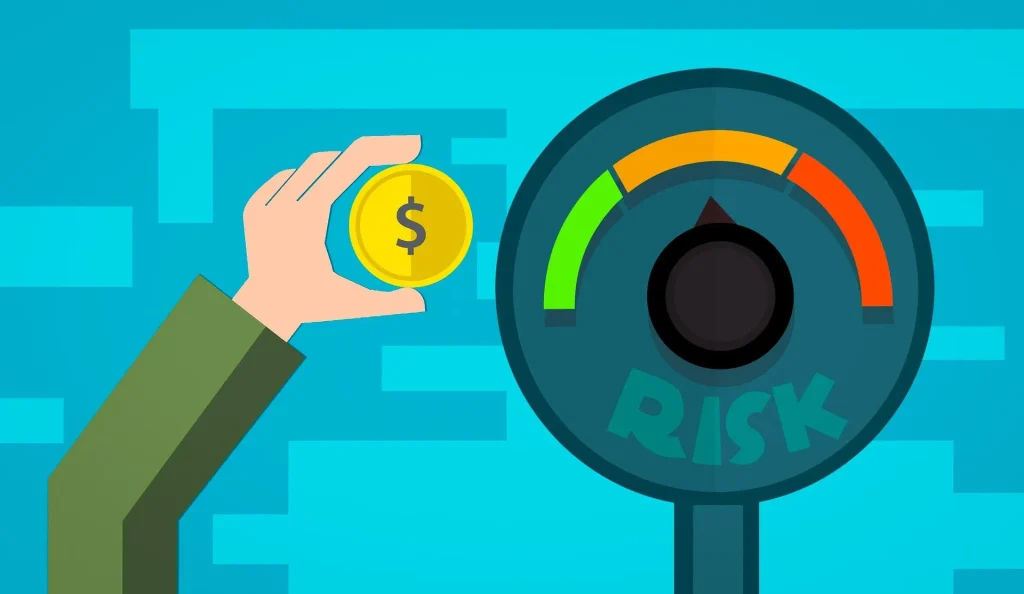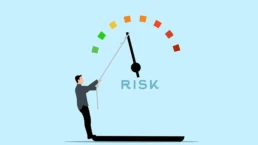In today’s interconnected business landscape, companies rely heavily on vendors to meet various operational needs. While outsourcing critical functions can bring cost savings and efficiency, it also exposes businesses to potential risks. If a vendor is compromised, it can have severe consequences for an organisation’s reputation, finances, and operations. Vendor risk assessments are an essential tool for managing these risks and ensuring that third-party vendors meet a company’s security, privacy, and regulatory compliance standards. In this article, we will explore the importance of vendor risk assessments and discuss best practices for conducting them effectively, as many businesses are now focusing on third-party risks.
What is a vendor risk assessment (VRM)?
A vendor risk assessment is a process that organisations undertake to evaluate and manage the potential risks associated with engaging with third-party vendors- these are any external individuals or businesses who provide goods or services to a business but are not direct employees of that business. Weak security practices from third-party vendors who handle sensitive, proprietary, or classified information on behalf of a company can present significant risks, regardless of how robust the organisation’s internal security measures are. Failure to handle vendor risks can lead to a range of negative consequences, such as lawsuits, monetary penalties from regulators, reputational damage, lost business opportunities, and more.
A VRM involves identifying the vendors that are essential to the business’s operations and assessing their risk exposure in terms of security, compliance, financial stability, and other factors. The assessment can be conducted internally or outsourced to a third-party service provider specialising in risk assessments. By conducting a vendor risk assessment, companies can better understand the risks involved in working with specific vendors and implement appropriate measures to mitigate those risks.
This can include strengthening contractual terms, implementing security controls, and monitoring vendor performance over time. In a time where cyberattacks and data breaches are becoming increasingly common, conducting regular vendor risk assessments has become a crucial part of ensuring the security and resilience of an organisation’s supply chain.

What Are the Benefits of Vendor Risk Management?
- Improved risk management: One of the main benefits of VRM is improved risk management. The establishment of a comprehensive VRM program enables businesses to detect, evaluate, and mitigate potential risks that may be introduced by vendors. By categorising vendors as low, medium, or high risk, companies can then take appropriate steps to manage and mitigate risks associated with each of their vendors.
- Reduced costs: Another benefit of VRM is reduced costs. By identifying and mitigating risks early, businesses can avoid costly incidents such as data breaches and regulatory fines. A comprehensive VRM program also helps standardize processes, automate workflows, and increase efficiency, reducing the time and resources required to manage vendor relationships. Additionally, by categorizing vendors based on risk level, businesses can focus their efforts on high-risk vendors, further optimizing their resources and reducing costs.
- Compliance focus: VRM helps companies maintain compliance with relevant regulations and standards. Regulators are increasingly focused on ensuring that companies properly manage third-party vendors, and organisations that fail to do so can face significant fines and other penalties. By having a robust VRM program in place, corporations can demonstrate that they are taking appropriate steps to manage vendor risks and avoid regulatory action.
- Enhanced reporting: Vendor Risk Management (VRM) can help businesses produce more comprehensive supplier risk reports to keep their stakeholders informed. These reports offer a clearer view of the risks associated with vendor relationships and the actions being taken to manage those risks. With accurate and reliable information at hand, organisations can make informed decisions to protect their business interests and maintain stakeholder trust.
- Due diligence: Finally, VRM can help businesses establish defensibility in the event of a data breach or other security incident. By having a VRM program in place, companies can demonstrate that they have done their due diligence in managing vendor risks. This can protect them from legal action and other negative consequences that can arise from a data breach or other security incidents.

The Vendor Risk Assessment Process
A vendor risk assessment process provides a systematic way to identify, assess, and mitigate risks associated with third-party vendors and ensure that your organisation’s requirements are met. Here are the key steps to follow when undergoing the vendor risk assessment process.
- Identify your vendors: The first step is to identify all the vendors that your company is working with. This includes suppliers of raw materials or components for goods you manufacture, advisers, consultants, and contract labour, providers of business services, such as payroll services, IT management, or customer service centres, and providers of business technology delivered via the cloud, such as customer relationship management software, data storage, or other applications.
- Categorise your vendors: Once you have identified your vendors, categorise them based on the level of risk they pose to your organisation. This will help you prioritise your assessments and allocate resources more effectively. For example, vendors that handle sensitive, proprietary, or classified information on your behalf are particularly dangerous. Regardless of how robust your internal security measures are, if your third-party providers have weak security practices, they constitute a substantial danger.
- Assess the risks: Assess the risks associated with each vendor. The risk assessment process should consider factors such as the vendor’s financial stability, the quality of their products or services, their compliance with legal and regulatory requirements, and their security practices. The risk assessment should also evaluate the potential impact of a vendor’s failure to meet your organisation’s requirements.
- Mitigate the risks: Mitigating the risks is the crucial step in Vendor Risk Management (VRM) that involves developing a plan to address the identified risks. This plan should outline specific actions that the vendor needs to take to mitigate the risks identified in the risk assessment. For example, if the vendor has weak security practices, you may require them to implement additional security controls.
- Monitor the vendors: Once you have implemented your risk mitigation plan, monitor the vendors to ensure that they are complying with your requirements. This should include regular reviews of the vendor’s performance, regular communication with the vendor, and regular assessments of their security practices.
By conducting regular vendor risk assessments, organisations can identify and evaluate these risks and develop strategies for mitigating them. This not only helps to protect the business from the potential financial, legal, and reputational consequences of vendor-related incidents, but it also demonstrates a commitment to effective risk management and responsible business practices.
In addition, by regularly reviewing and updating their vendor risk management program, companies can stay ahead of emerging risks and ensure that their risk management strategies remain effective over time. Ultimately, vendor risk assessments are a critical component of any organisation’s risk management program and a key tool for protecting its operations, stakeholders, and its reputation in an ever-changing business landscape.
Let's Get Started
Interested in learning more about how Polonious can help?
Get a free consultation or demo with one of our experts




